In the application of organic/carbon black pigments, unstable color intensity, poor carbon blackness and color, uneven pigment distribution and even clogging of the filter screen often occur. These problems are actually caused by poor dispersion.
Compared with inorganic pigments, organic pigments usually exist in the form of agglomerates, aggregates, etc., and have the characteristics of small particle size, large specific surface, and low polarity. Especially when the pigment is in the nanometer range, its specific surface area and surface energy increase dramatically, and its tendency to self-aggregate rapidly increases, making it difficult for organic pigments to be wetted and dispersed into nanometer-sized particles in water.
Carbon black and organic pigments have very similar performance. Their surfaces are composed of non-polar molecules, and they also have the problem of being difficult to disperse. The stable adsorption of the dispersant on the pigment is an important prerequisite for its dispersion. This process is closely related to the structural composition of the pigment itself.
Inorganic pigments have an ionic structure and are highly polar, so the dispersant is easier to adsorb. Organic/carbon black pigments are crystals composed of non-polar molecules with low polarity. Low molecular weight dispersants are difficult to adsorb on the pigment surface, which often results in insufficient deflocculation and stabilization of organic/carbon black pigments.

